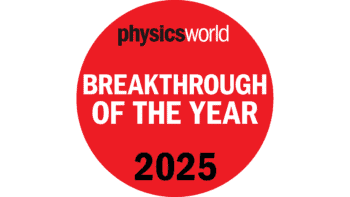
While the physics of uncorking a bottle of champagne has been well documented, less is known about the mechanisms at play when opening a swing-top bottle of beer.
Physicist Max Koch from the University of Göttingen in Germany, decided to find out more.
Koch, who is a keen homebrewer, and colleagues used a high-speed camera and a microphone to capture what was going on together with computational fluid-dynamics simulations.
When opening a carbonated bottle under pressure, the difference between the gas pressure in the bottleneck and ambient pressure as it opens results in a rapid escape of gas from the bottle, which can reach the speed of sound.
In a champagne bottle, this results in the creation of a Mach disc as well the classic “pop” sound as it is uncorked.
To investigate the gas dynamics in swing-top bottles, Kock and colleagues examined transparent 0.33 litre bottles, which contained home-brewed ginger beer under 2–5 bars of pressure.
The team found that the sound emitted when opening the bottles, what can be described as an “ah” sound, wasn’t due to a single shockwave, but rather condensation in the bottleneck forming a standing wave.
“The pop’s frequency is much lower than the resonation if you blow on the full bottle like a whistle,” notes Koch. “This is caused by the sudden expansion of the carbon dioxide and air mixture in the bottle, as well as a strong cooling effect to about minus 50 degrees Celsius, which reduces sound speed.” Six secrets of champagne
The team also investigated the sloshing of the beverage as it is opened. First, the dissolved carbon dioxide inside the beer triggers the level of the liquid to rise while the motion of the bottle as it opens also causes the liquid to slosh.
Another effect during opening is the bottle-top hitting the glass with its sharp edge. This triggers further “gushing” in the liquid due to the enhanced formation of bubbles.
There are still some unanswered questions, however, which will require further work. “One thing we didn’t resolve is that our numerical simulations showed an initial strong peak in the acoustic emission before the short ‘ah’ resonance, but this peak was absent in the experimentation,” adds Koch.



